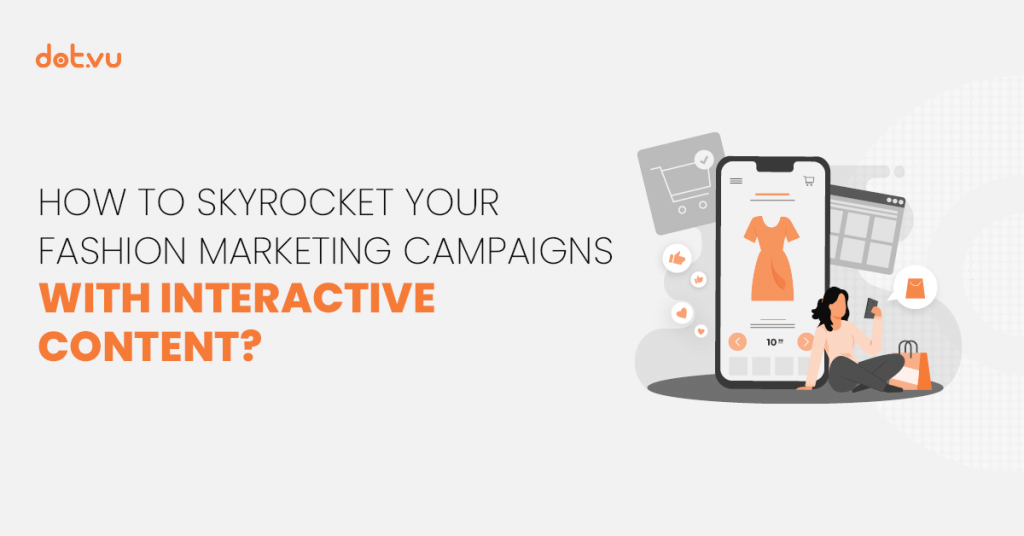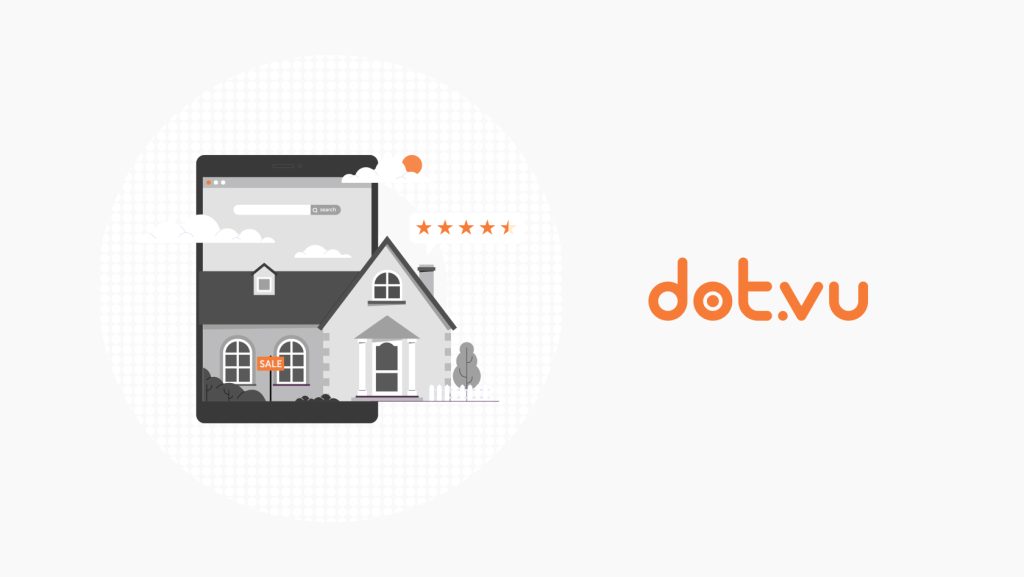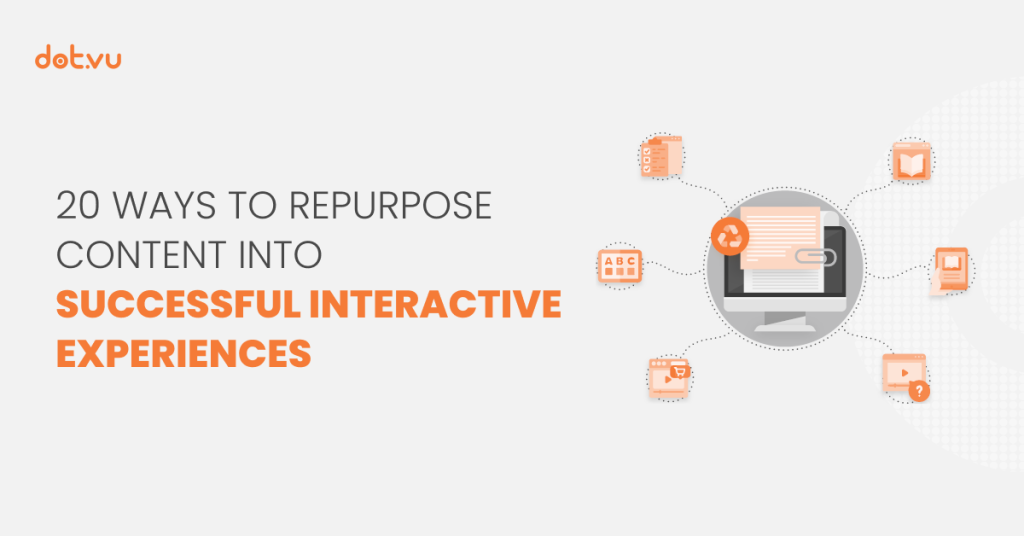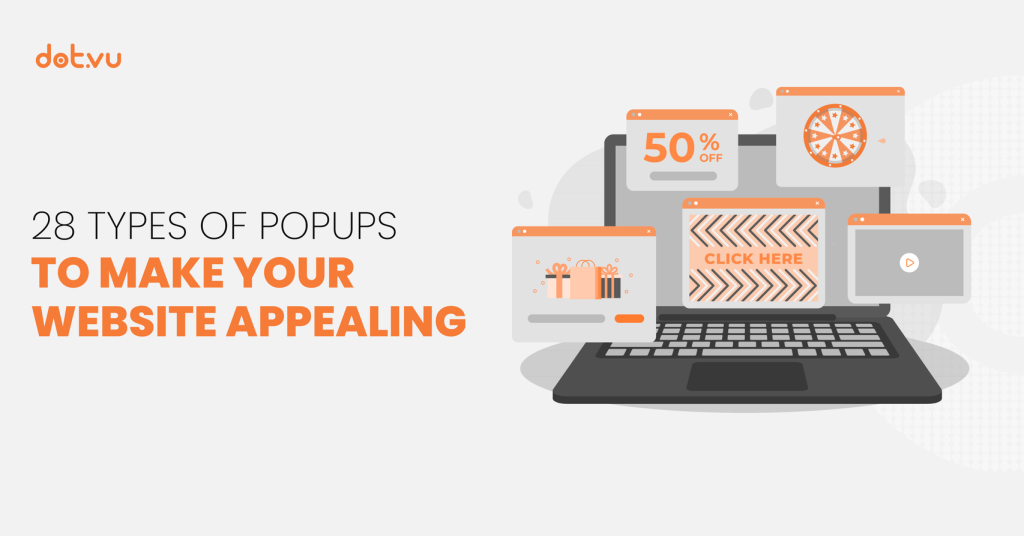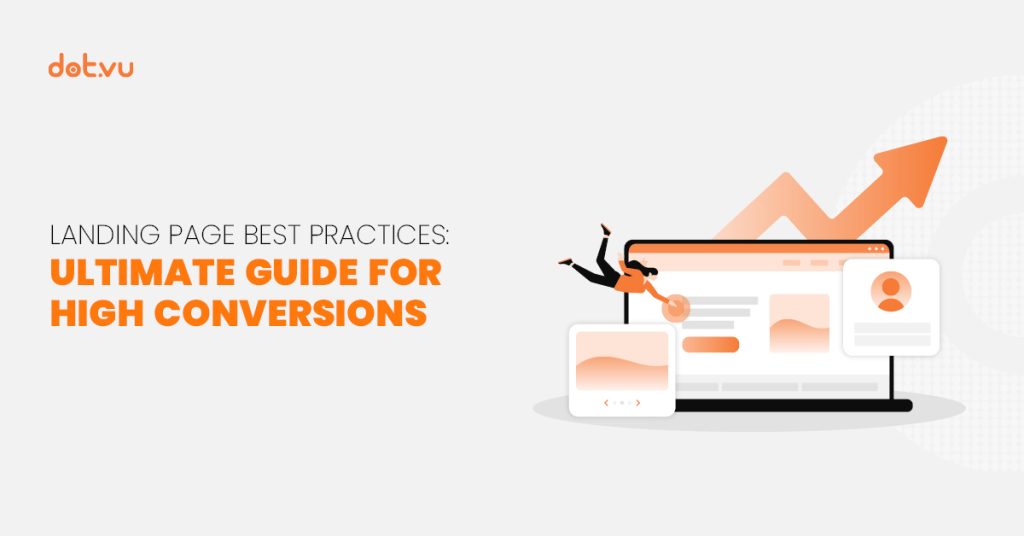
You’ve spent hours crafting amazing CTAs and dollars on well-targeted ads. That’s great! Now you’ve managed to get more visitors to your landing page. But, if you do not have a good landing page, your previous effort would have been wasted.
It’s understandable that you would want to showcase everything your business has to offer. But what if it ends up cluttering your landing page and your visitor loses interest? Studies show that on average, people pay attention to the screen for only 47 seconds! So you only have that short duration to really grab your visitors’ interest and to get them to keep reading on.
A well-designed landing page can make all the difference between a casual visitor and a converted customer. Whether you’re promoting a product, service, or capturing leads, mastering the art of landing page design is essential.
Here, we’ll dive into landing page best practices to ensure your landing page not only grabs attention but also drives action.
- Landing page mistakes to avoid
- Types of landing pages
- 12 Landing page best practices
- Ready to create your high-conversion landing page?
Landing page mistakes to avoid
First, let’s learn from common mistakes people make and keep this in mind when creating your landing page. Here’s what you should avoid:
- Too many conversion goals
When you have too many CTAs, there’s a high chance your visitor will get confused and just leave your page. Stick to one goal.
- Generic CTA
Make sure your CTA is clear and easy to find. Otherwise, it might confuse the reader and affect your conversions.
- Lengthy forms
Some lead forms seem never-ending, or require unnecessary information. For example, do you really need their home address to download an eBook? Although it’s ideal to have as much information as possible, you should keep your lead forms short.
- Ineffective headline
Your headline is the first thing a visitor sees. If it’s not attractive enough, your visitor might not continue reading the rest of your landing page.
- Missing visual hierarchy
Visual hierarchy helps guide visitors’ attention and prioritizes the most important elements on your landing page. If it’s not planned well, your visitor might get confused and decide to leave. Use design principles such as contrast, color, and typography to create a clear hierarchy and draw attention to your key messages and call-to-action.
- Too much text
When there’s too much text, it makes the content difficult to read. As mentioned in the introduction, people have short attention spans. So keep your points short and concise. Below are the top elements you should consider, with videos and graphics leading the list:

Source: hubspot
- You focus too much on features instead of benefits
You should link how your features can benefit the reader. What’s in it for them and how can your features solve their problems? Once the reader understands how you can help them, your conversions will most likely increase.
Types of landing pages
Before diving into the best practices, you should first determine the type of landing page you want to create. This can be determined by knowing the objective of your landing page.
Ask yourself: What do you want to achieve with your landing page? From there, you will know the type of landing page to build and also set the tone for the whole landing page content.
Here are some landing page types:
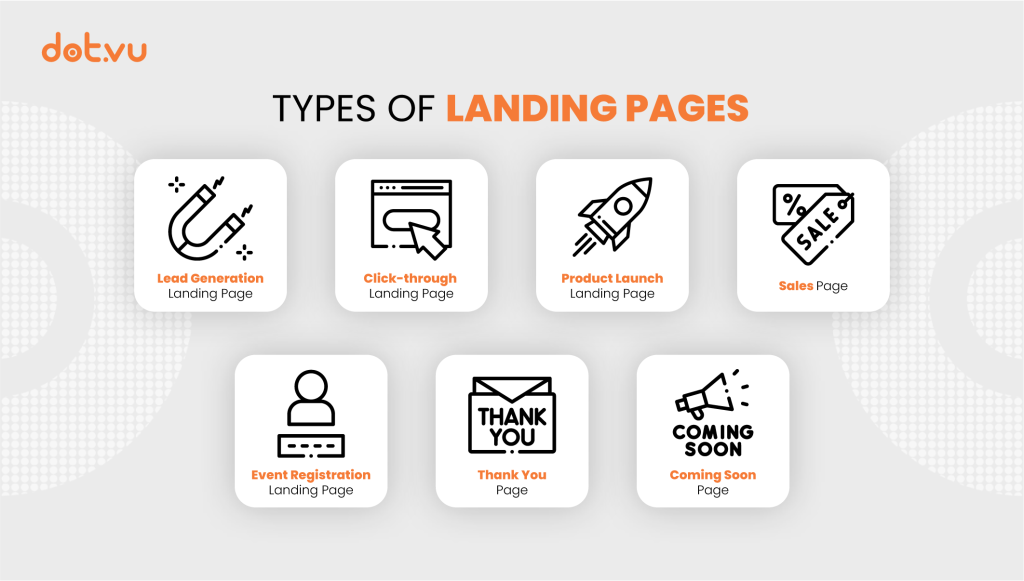
1. Lead generation landing page
Lead generation landing pages are designed to capture valuable contact information from visitors, usually in exchange for an incentive or offer. Common elements include a lead capture form, compelling headline, brief description of the offer, and a clear call-to-action (CTA). These pages are commonly used for webinar registrations, eBook downloads, or newsletter sign-ups.
2. Click-through landing page
Click-through landing pages serve as a bridge between an ad or promotional message and the final destination, such as a product page or registration form. These pages provide additional information about the offer or product and aim to warm up visitors before directing them to take the desired action. It is essential that you have a clear and persuasive copy, along with prominent CTAs to guide visitors through the conversion funnel.
3. Product launch landing page
Product launch landing pages are dedicated to introducing a new product or service to the market. These pages typically feature captivating visuals, compelling product descriptions, key features, and benefits, as well as social proof in the form of testimonials or reviews. The goal is to generate excitement and anticipation around the launch and encourage visitors to make a purchase or sign up for updates.
4. Sales page
Sales pages are focused on persuading visitors to make a purchase or complete a transaction. These pages often include detailed product information, pricing details, special offers or discounts, and persuasive elements such as scarcity or urgency to drive conversions. Clear CTAs and a streamlined checkout process are critical for minimizing friction and maximizing sales.
5. Event registration page
Event registration pages are designed to promote and facilitate sign-ups for conferences, workshops, webinars, or other live events. These pages typically include event details such as date, time, location, agenda, speakers, and registration form. Compelling copy, engaging visuals, and a sense of urgency can help boost attendance and drive registrations.
6. Thank you page
Thank you pages are displayed after a visitor has completed a desired action, such as submitting a form or making a purchase. These pages provide an opportunity to express gratitude, confirm the action taken, and provide additional information or next steps. Thank you pages can also be used to encourage further engagement or offer related products or resources.
7. Coming soon page
Coming soon pages are used to generate buzz and collect leads before the launch of a new product, service, or website. These pages typically feature a teaser or sneak peek of what’s to come, along with a lead capture form for visitors to sign up for updates or notifications. Coming soon pages are an effective way to build anticipation and gather valuable leads ahead of a launch.
12 Landing page best practices
Now’s the fun part. Carefully consider all aspects listed below before embarking on your landing page creation. It might be the determining factor whether you end up with a high-performing landing page.
1. Clear and compelling headline
Your headline is the first thing visitors see, and it should immediately convey the value proposition or offer. Make it clear, concise, and compelling. Use language that resonates with your target audience and addresses their pain points or desires.
2. Engaging visuals
High-quality images or videos are better at capturing attention and can communicate your message more effectively. People remember 80% of information they visually see, as compared to information they read or hear. Leverage the use of visuals to create an emotional connection with your visitors.

3. Concise and persuasive copy
Keep your copy concise and to the point. Clearly articulate the benefits of your product or service and why visitors should take action. Use persuasive language and compelling calls-to-action (CTAs) to guide users towards the desired outcome.
4. User-friendly design
A cluttered or confusing layout can drive visitors away. Keep your design clean, organized, and easy to navigate. Use whitespace effectively to draw attention to key elements and avoid overwhelming visitors with too much information.
5. Interactivity
Add interactive elements to your landing page, such as quizzes, calculators, surveys, polls, sliders, videos, and animations that require your visitor to interact with the content. It encourages user interaction and involvement.
Instead of passively consuming information, with an Interactive Landing Page, you can invite your visitors to participate, which improves the user experience and also expresses your brand’s tone.
Plus, you can gather valuable data when the user selects certain preferences in the Interactive Experience. From this, you can understand your customer preferences better and deliver tailored information.
Here’s an excellent example of a Simple Personalized Landing Page that requires engagement in order for the user to get more information. It’s a clever way to hide additional text, therefore avoiding clutter. To reveal the information, the user would need to click on the image. See the example below.
6. Mobile responsiveness
With an increasing number of users browsing the web on mobile devices, it’s crucial to ensure your landing page is fully responsive. Test your page across various devices and screen sizes to ensure a seamless experience for all users.
Pro tip: If you’re using a landing page builder or template, look for one that automatically caters to different mobile devices, like Dot.vu where all 300+ templates are mobile-responsive.
7. Loading time
If your pages are taking more than 3 seconds to load, you’re going to lose a lot of potential customers. 70% of consumers admit that loading time influences their desire to buy.

Source: unbounce
8. Social proof
Incorporating social proof such as customer testimonials, reviews, or endorsements can help build trust and credibility. Showcase positive experiences from satisfied customers to reassure visitors and encourage them to take action. Here’s an example of a Tech Product Landing Page with a review section.
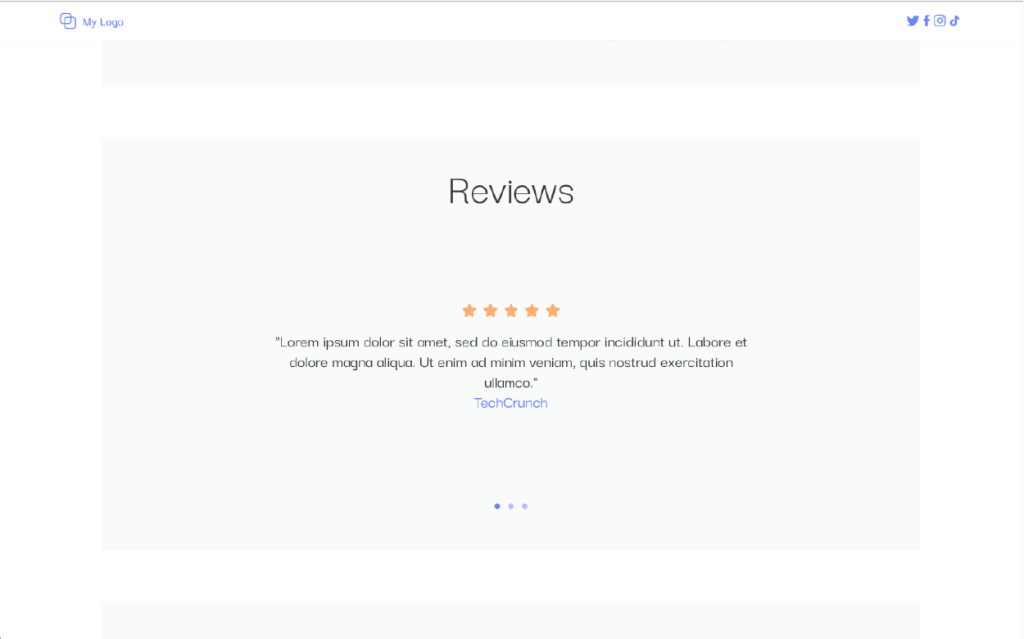
9. A/B testing
Optimizing your landing page is an ongoing process, and A/B testing is a valuable tool for identifying what works best. Experiment with different headlines, visuals, CTAs, and layouts to determine which elements resonate most with your audience and drive the highest conversions.
10. Clear call-to-action (CTA)
Your call-to-action (CTA) should be prominently displayed and clearly communicate the desired action. Whether it’s “Sign Up Now,” “Get Started,” or “Learn More,” make sure your CTA stands out and encourages visitors to take the next step.
11. Performance tracking
Monitor the performance of your landing page by using analytics tools to gain insights into visitor behavior and conversion rates. Use this data to identify areas for improvement and refine your approach over time.
Or, you could make your life easier by looking for a platform with built-in KPIs to track your performance. With Dot.vu’s Interactive Content Platform, not only does the platform come with default KPIs, you can also set your own custom KPIs.
12. Continuous optimization
The digital landscape is constantly evolving, so it’s essential to stay agile and adapt to changing trends and user preferences. Continually optimize your landing page based on feedback, data, and emerging best practices to ensure maximum effectiveness.
Ready to create your high-conversion landing page?
In conclusion, a well-crafted landing page is a powerful tool for driving conversions and achieving your business goals. By following these landing page best practices and continually refining your approach, you can create landing pages that captivate visitors, compel action, and ultimately drive success.
Creating an amazing landing page does not need to be time-consuming or complicated. Save time by selecting a landing page template that meets your requirements and making minor changes to it. Don’t forget to follow the best practices and watch your conversions soar!
